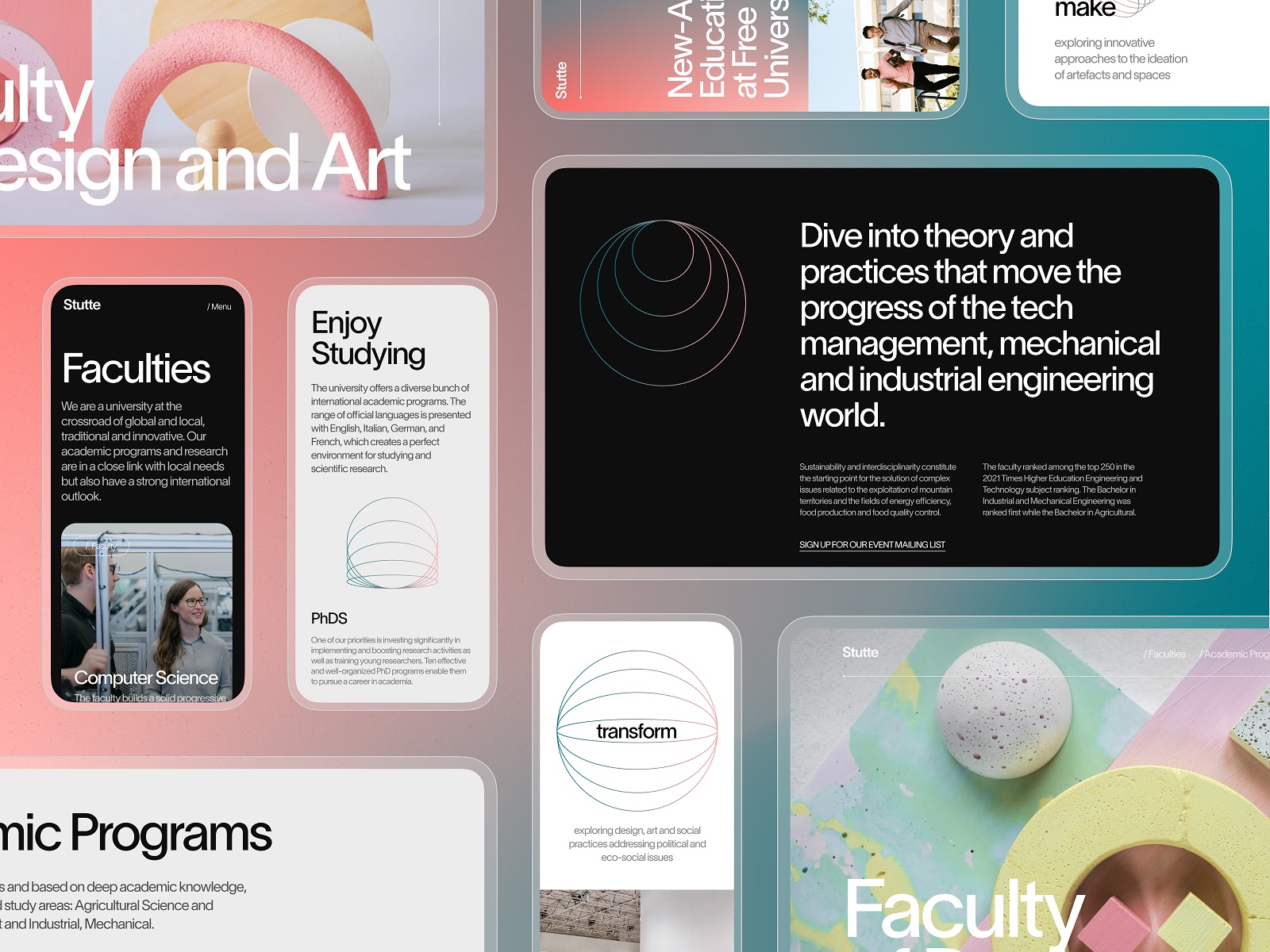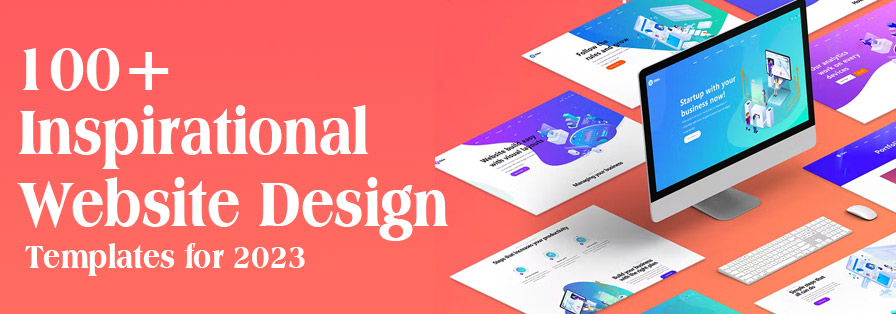
Crafting a User-Friendly Experience: Essential Aspects of Effective Internet Site Design
In the realm of internet site style, the value of crafting an easy to use experience can not be overstated. Crucial aspects such as a clear navigation framework, responsive design principles, and quick loading times work as the foundation for engaging customers successfully. In addition, an intuitive user interface paired with accessible content standards ensures that all people, despite capacity, can browse effortlessly. Regardless of these essential principles, several internet sites still falter in providing this smooth experience. Comprehending the hidden variables that add to effective style can shed light on just how to improve customer contentment and involvement.
Clear Navigation Framework
A clear navigation framework is basic to efficient website style, as it straight influences individual experience and involvement. Users should be able to find info effortlessly, as instinctive navigating reduces aggravation and motivates exploration. An efficient design enables visitors to understand the partnership between different web pages and content, bring about longer website check outs and increased interaction.
To achieve clearness, developers ought to utilize familiar patterns, such as top or side navigating bars, dropdown food selections, and breadcrumb routes. These elements not only enhance usability yet additionally supply a sense of orientation within the website. Furthermore, maintaining a consistent navigating structure across all web pages is crucial; this familiarity helps customers expect where to find desired info.
It is additionally necessary to restrict the variety of food selection products to stay clear of frustrating users. Prioritizing one of the most important sections and using clear labeling will certainly direct visitors efficiently. In addition, integrating search capability can further aid customers in locating particular content quickly (website design). In recap, a clear navigating framework is not simply a design choice; it is a tactical element that considerably impacts the overall success of an internet site by cultivating a efficient and pleasurable individual experience.
Responsive Design Concepts
Reliable web site navigation establishes the stage for a smooth customer experience, which becomes a lot more essential in the context of receptive layout concepts. Responsive design guarantees that sites adapt fluidly to different screen sizes and positionings, improving ease of access throughout gadgets. This flexibility is achieved through versatile grid designs, scalable pictures, and media questions that enable CSS to readjust styles based on the device's attributes.
Key principles of receptive layout include liquid layouts that make use of portions instead than dealt with devices, ensuring that elements resize proportionately. Furthermore, using breakpoints in CSS enables the design to change smoothly in between different gadget dimensions, optimizing the format for each screen kind. Making use of responsive photos is additionally vital; pictures ought to immediately adjust to fit the screen without shedding quality or triggering format shifts.
Moreover, touch-friendly interfaces are vital for mobile users, with sufficiently sized switches and instinctive motions enhancing user communication. By integrating these principles, designers can develop sites that not only look aesthetically pleasing yet additionally provide engaging and useful experiences across all tools. Eventually, efficient receptive layout cultivates individual satisfaction, lowers bounce prices, and encourages much longer involvement with the material.
Rapid Loading Times
While customers increasingly expect web sites to load rapidly, quick loading times are not simply an issue of ease; i thought about this they are essential for retaining site visitors and boosting overall user experience. Research study indicates that customers generally abandon websites that take longer than 3 secs to load. This abandonment can lead to increased bounce rates and decreased conversions, inevitably damaging a brand name's reputation and earnings.
Rapid filling times boost user engagement and contentment, as site visitors are most likely to discover a site that reacts quickly to their communications. In addition, search engines like Google prioritize rate in their ranking formulas, suggesting that a sluggish internet site may struggle to achieve presence in search results.

User-friendly User User Interface
Rapid packing times prepared for an engaging online experience, however they are just part of the equation. An user-friendly interface (UI) is necessary to make certain site visitors can navigate a site effortlessly. A well-designed UI allows customers to attain their goals with marginal cognitive lots, promoting a seamless communication with the site.
Secret components of an instinctive UI consist of regular format, clear navigating, and well-known symbols. Uniformity in layout elements-- such as color pattern, typography, and switch designs-- assists users comprehend exactly how to engage with check the web site. Clear navigating structures, including sensible food selections and breadcrumb routes, enable customers to discover information rapidly, decreasing disappointment and enhancing retention.
Furthermore, responses systems, such as hover effects and filling signs, notify customers concerning their actions and the web site's action. This transparency cultivates count on and motivates continued interaction. Furthermore, focusing on mobile responsiveness ensures that customers appreciate a cohesive experience throughout gadgets, dealing with the varied ways audiences accessibility content.
Obtainable Material Guidelines
%20%5B60%25%5D.jpg)
First, use clear and straightforward language, preventing jargon that might perplex viewers. Emphasize appropriate heading structures, which not only help in navigating but likewise assist screen viewers in interpreting content hierarchies properly. Furthermore, supply different text for images to convey their significance to customers who depend on assistive innovations.
Comparison is one more crucial element; make sure that text attracts attention versus the background to enhance readability. Moreover, ensure that video clip and audio material consists of inscriptions and transcripts, making multimedia available to those with hearing problems.
Lastly, include key-board navigability right into your style, allowing customers who can not utilize a mouse to accessibility all site functions (website design). By sticking to these available content guidelines, internet developers can create inclusive experiences that satisfy the demands of all individuals, eventually improving user involvement and fulfillment
Verdict
In conclusion, the assimilation of essential elements such as a clear navigation framework, responsive layout concepts, quickly packing times, an instinctive individual interface, and accessible content standards is vital for developing an user-friendly web site experience. These elements collectively improve use and engagement, guaranteeing that individuals can effortlessly navigate and engage with the website. Focusing on these style aspects not only boosts total fulfillment yet also promotes inclusivity, fitting varied user needs and choices in the digital landscape.
A clear navigation structure is essential to reliable website design, as it directly affects user experience and engagement. In summary, a clear navigating framework is not merely a design option; it is a critical component that substantially impacts the overall success of a site by promoting a efficient and satisfying customer experience.
Additionally, touch-friendly interfaces are crucial for mobile individuals, with sufficiently sized switches and intuitive motions enhancing customer interaction.While individuals significantly expect web sites to pack promptly, fast filling times are not just a matter of ease; they are necessary for preserving site visitors and boosting general customer experience. website design.In conclusion, the combination of important elements such as a clear navigation structure, responsive style concepts, quick packing times, an instinctive customer interface, more and accessible web content standards is important for developing an user-friendly website experience